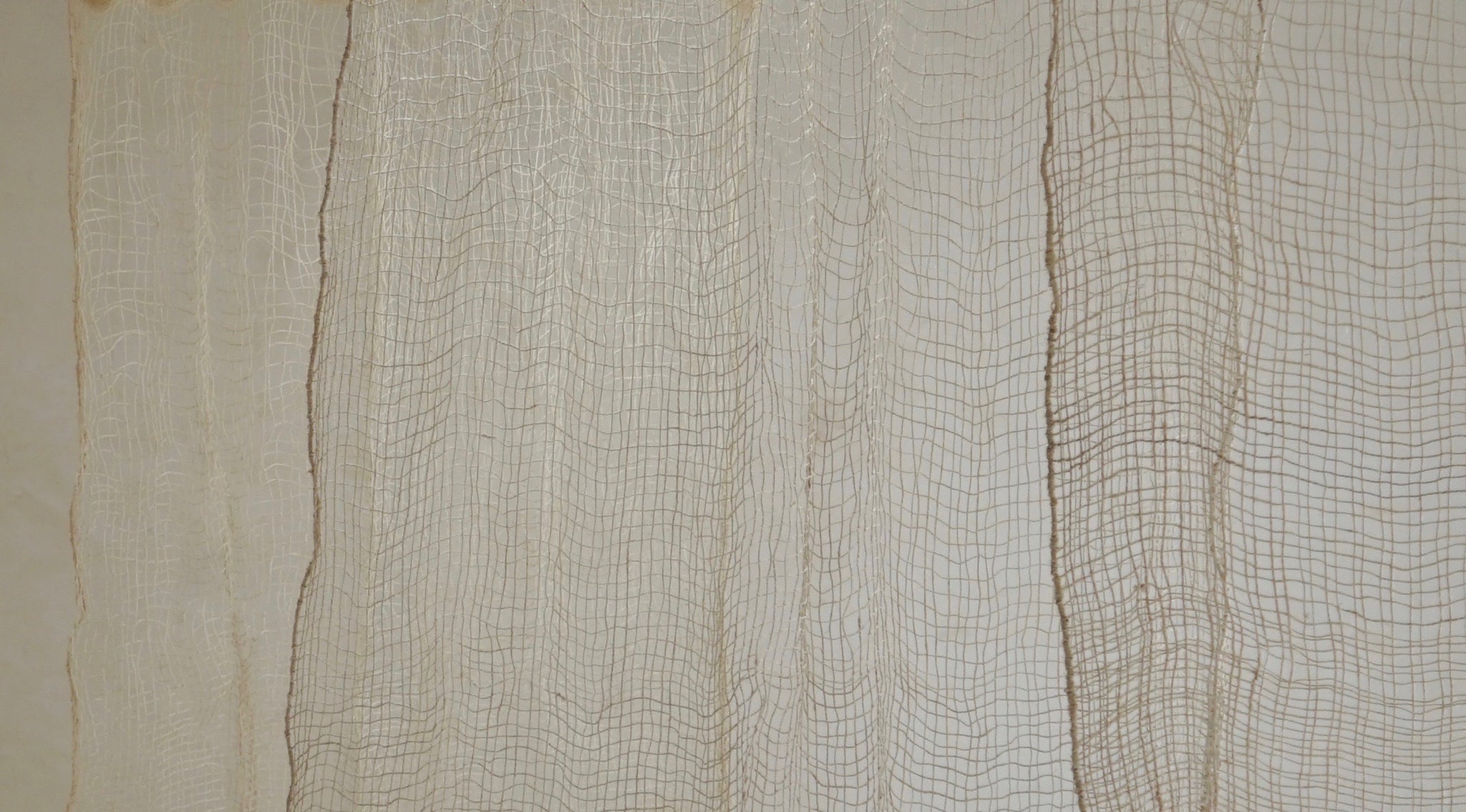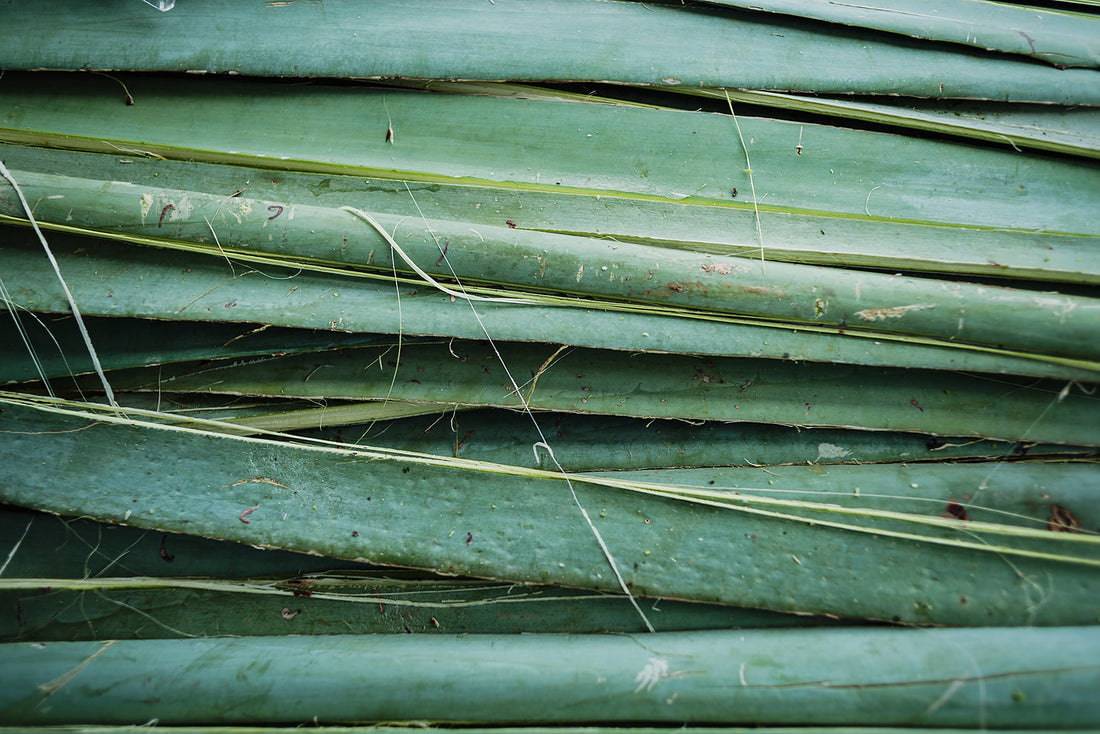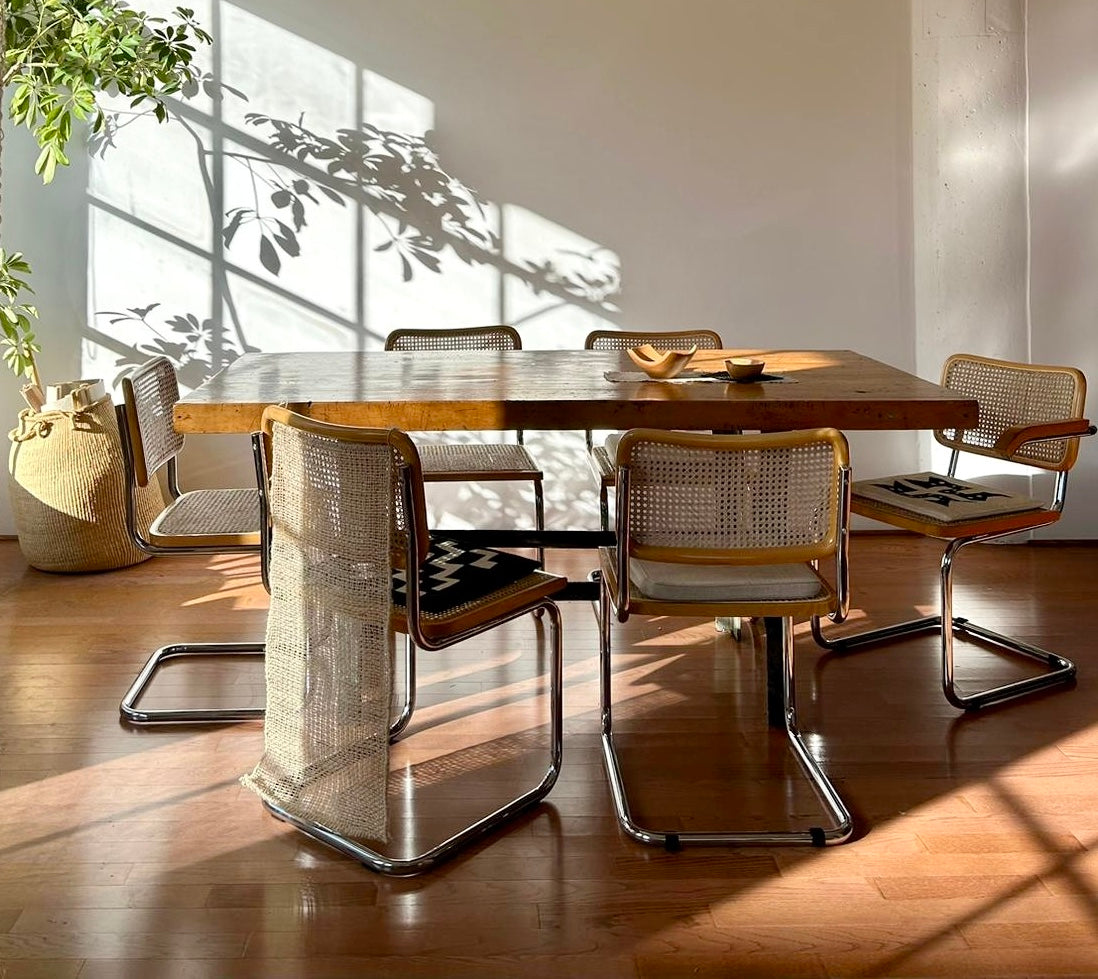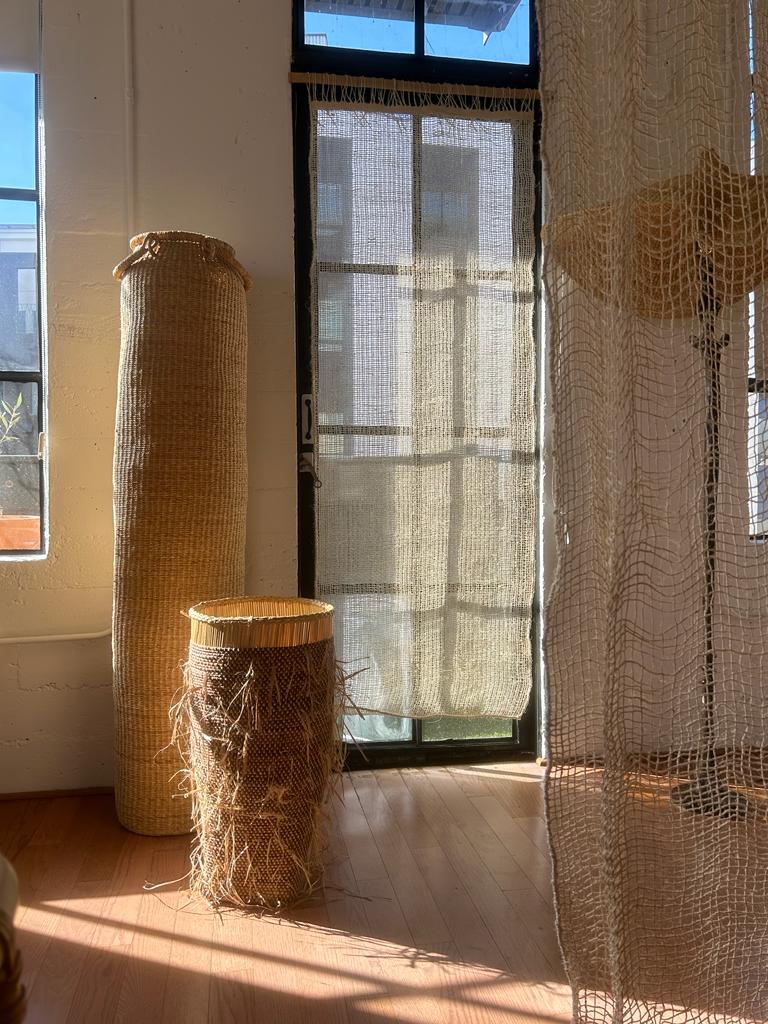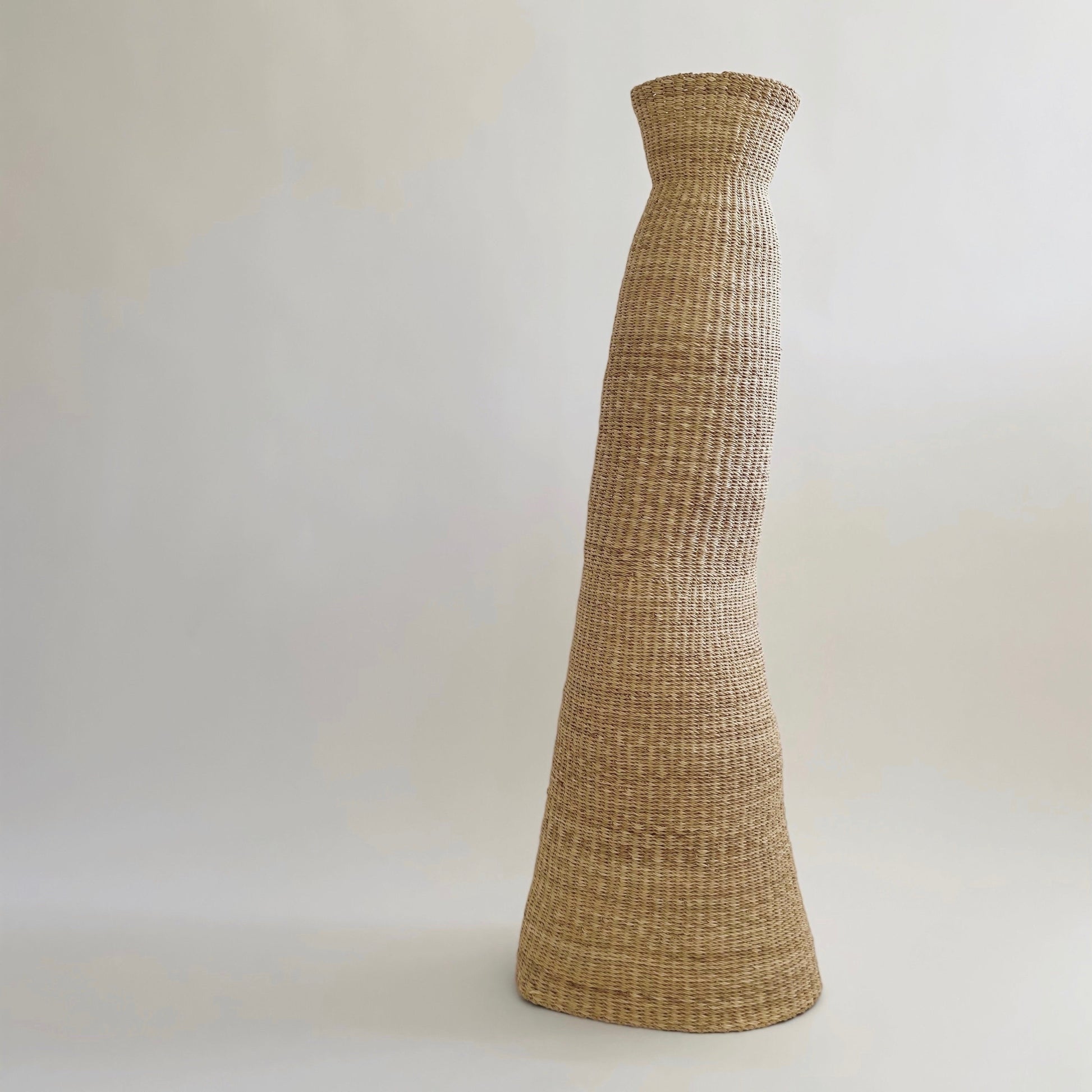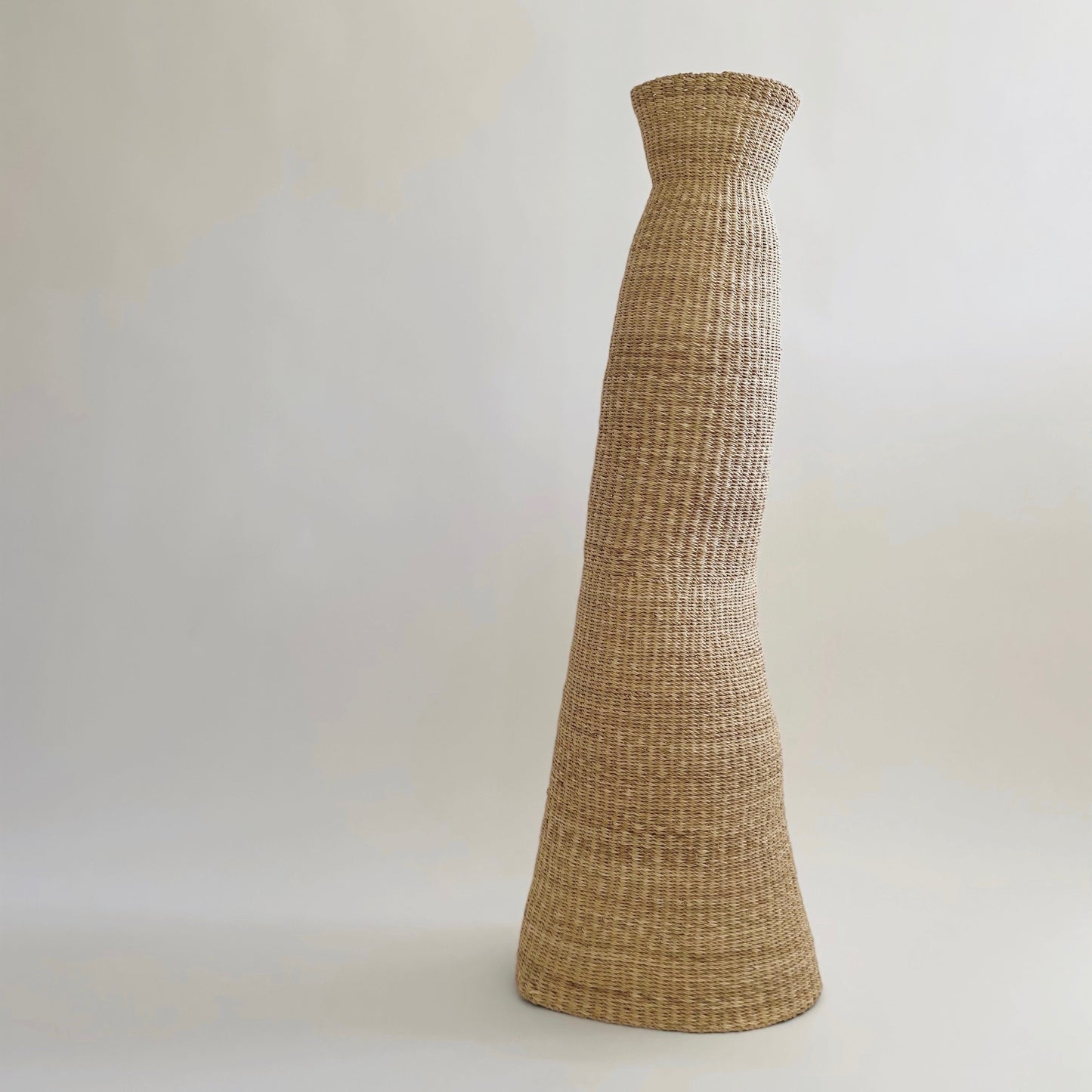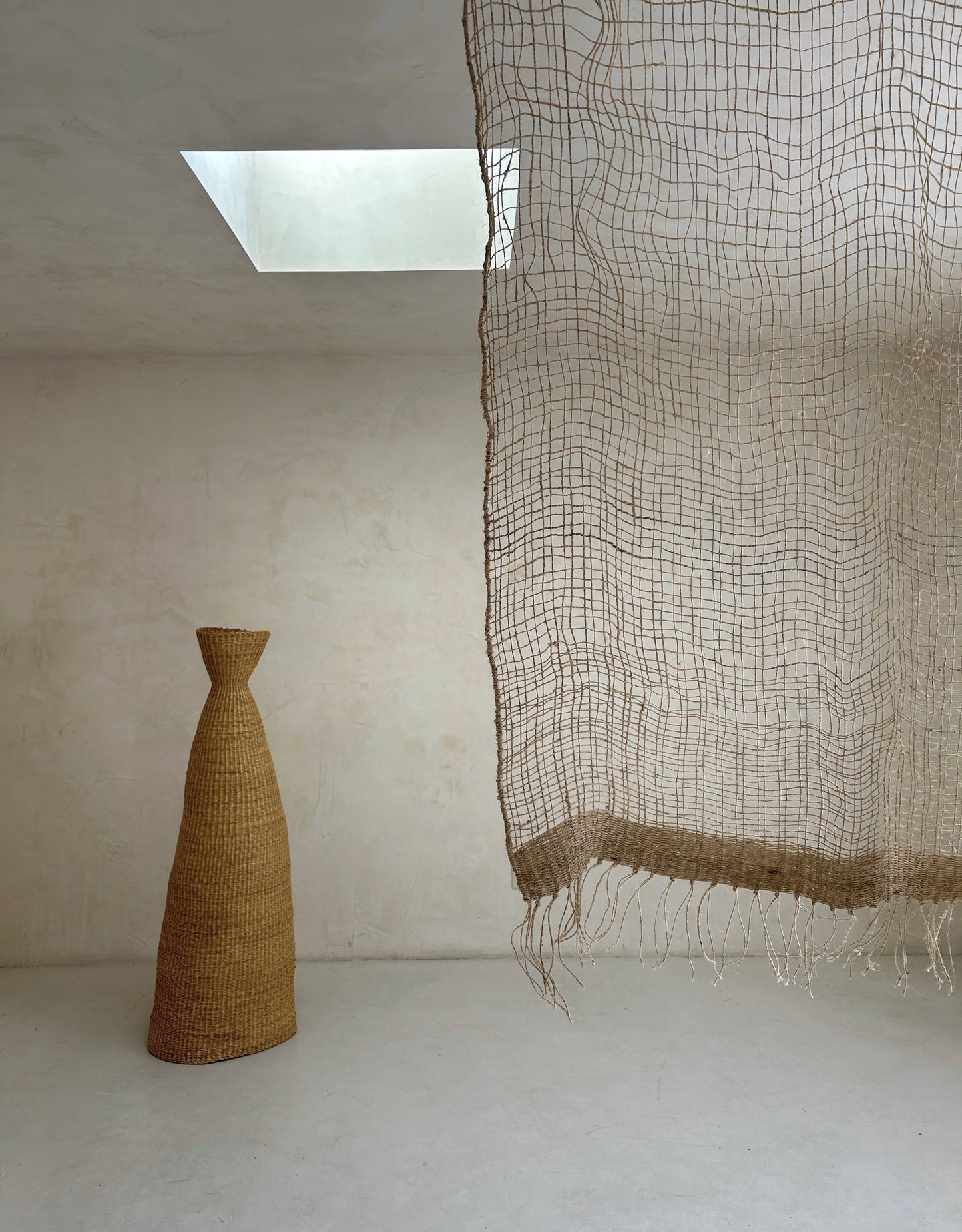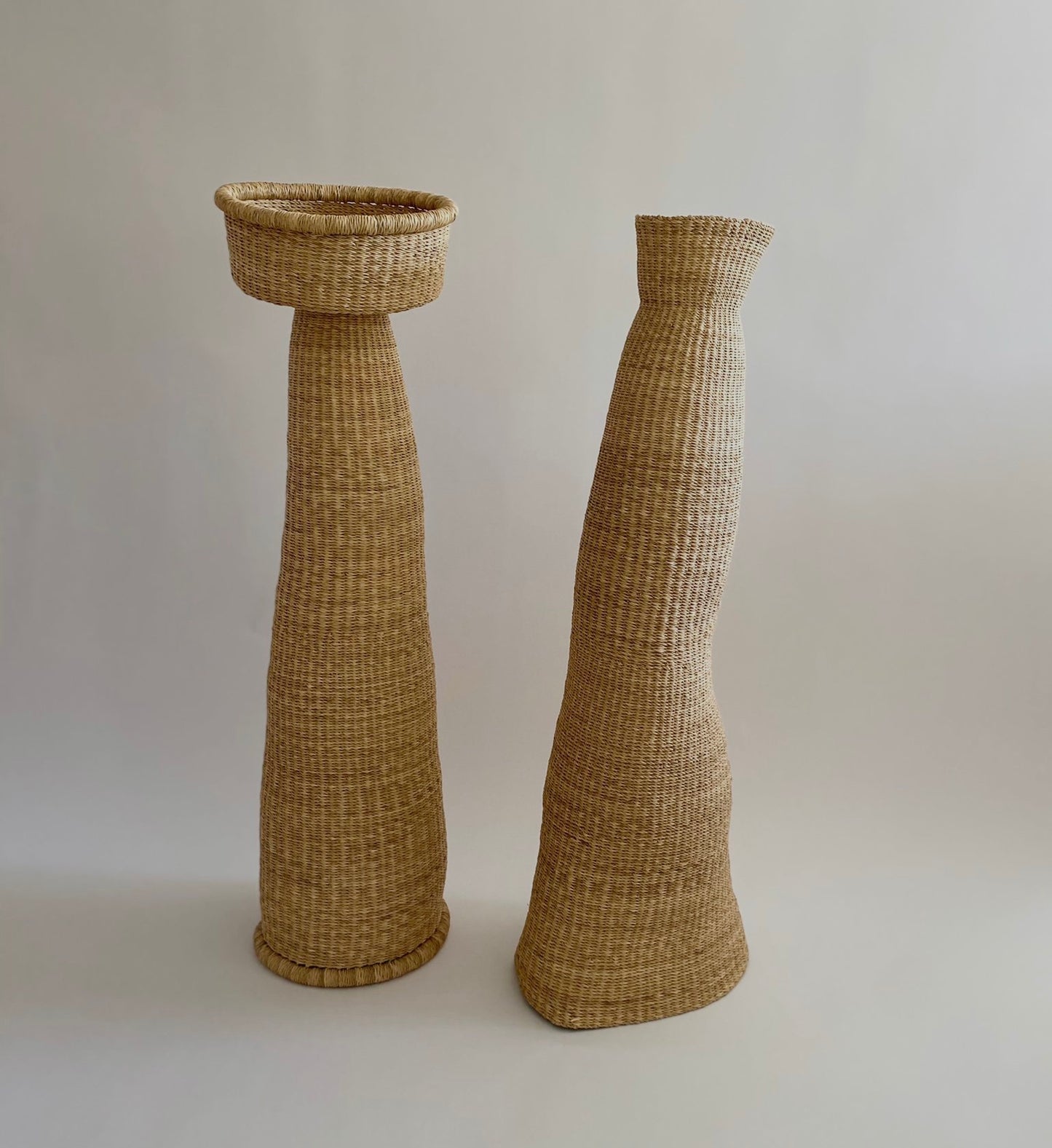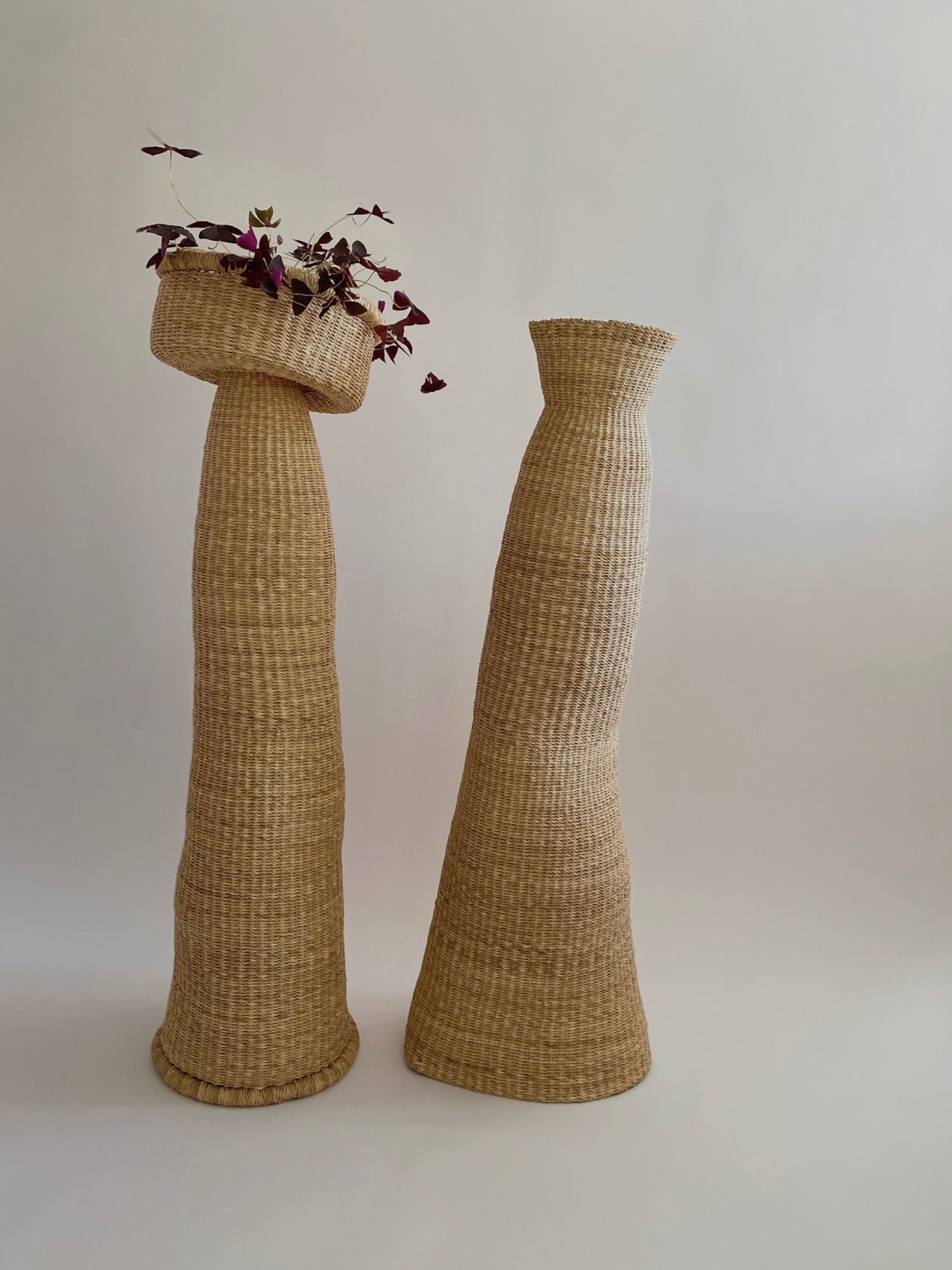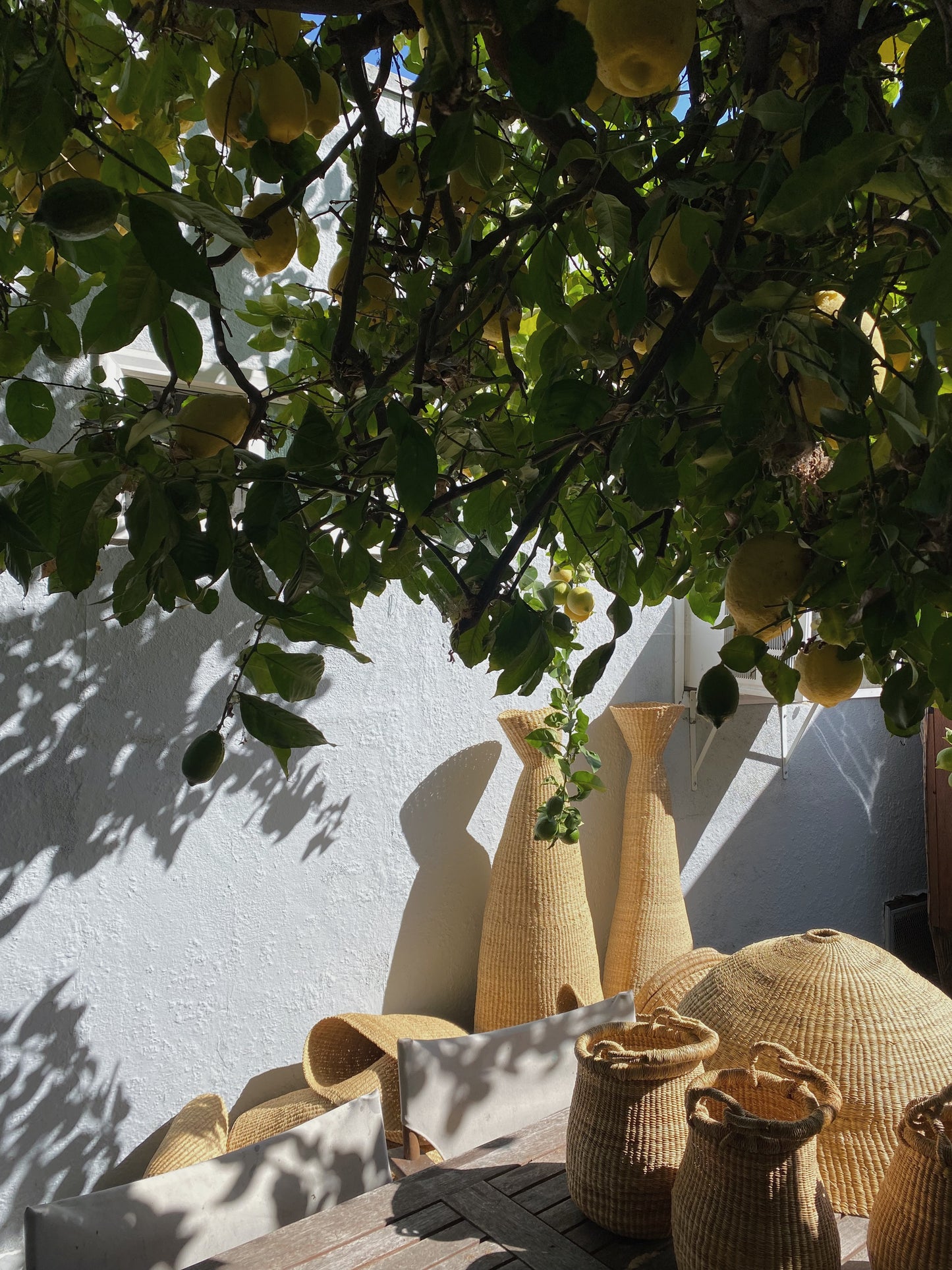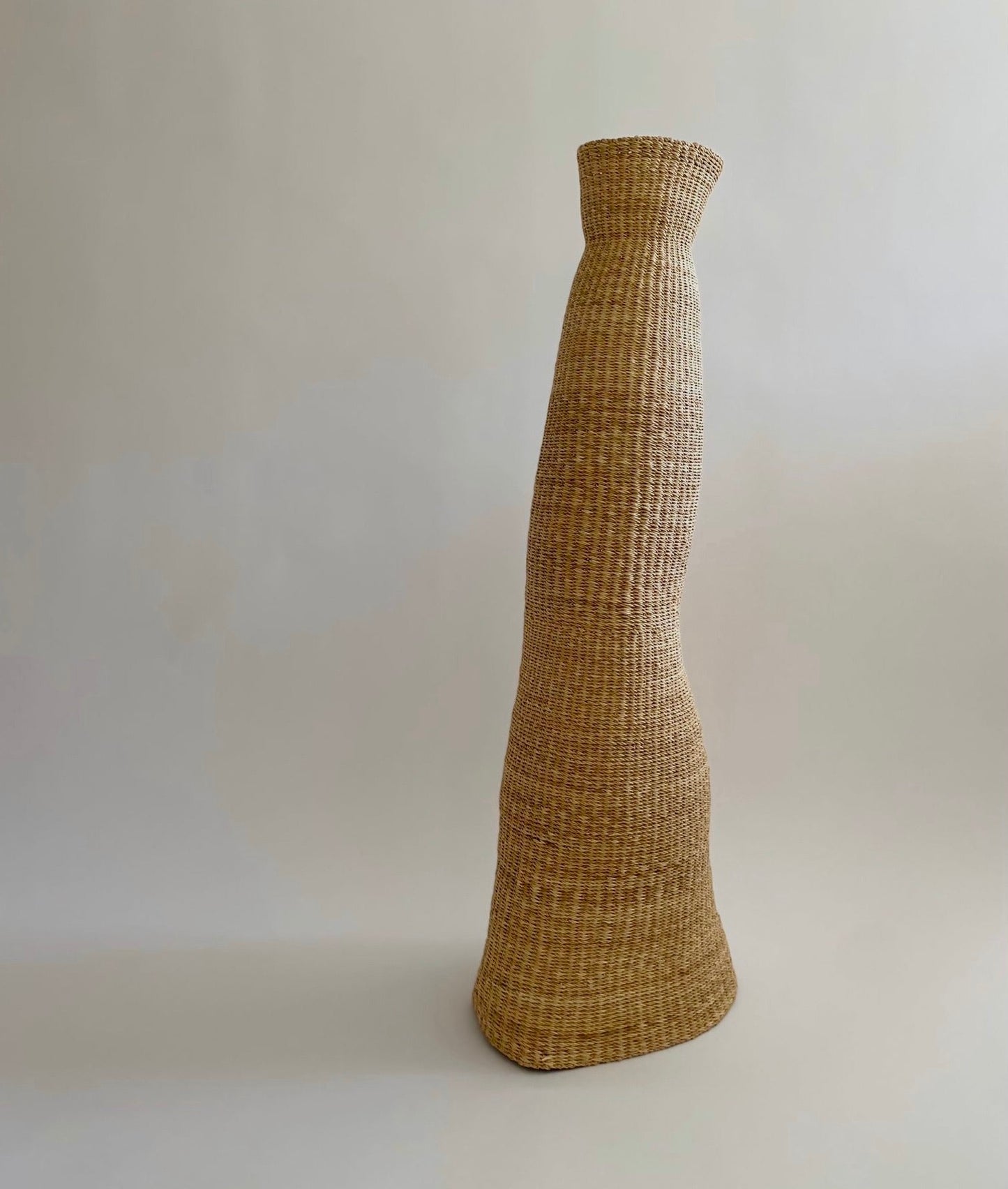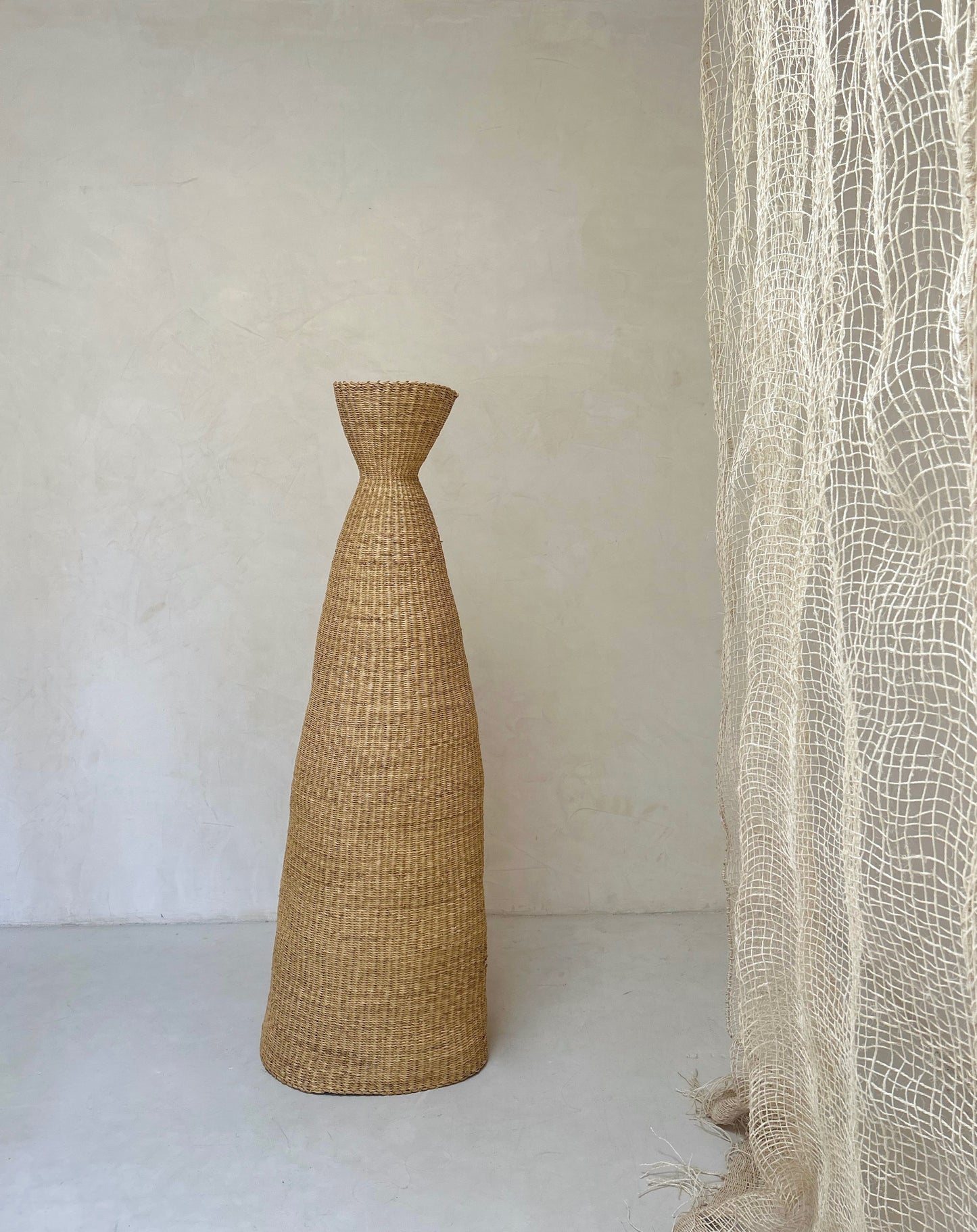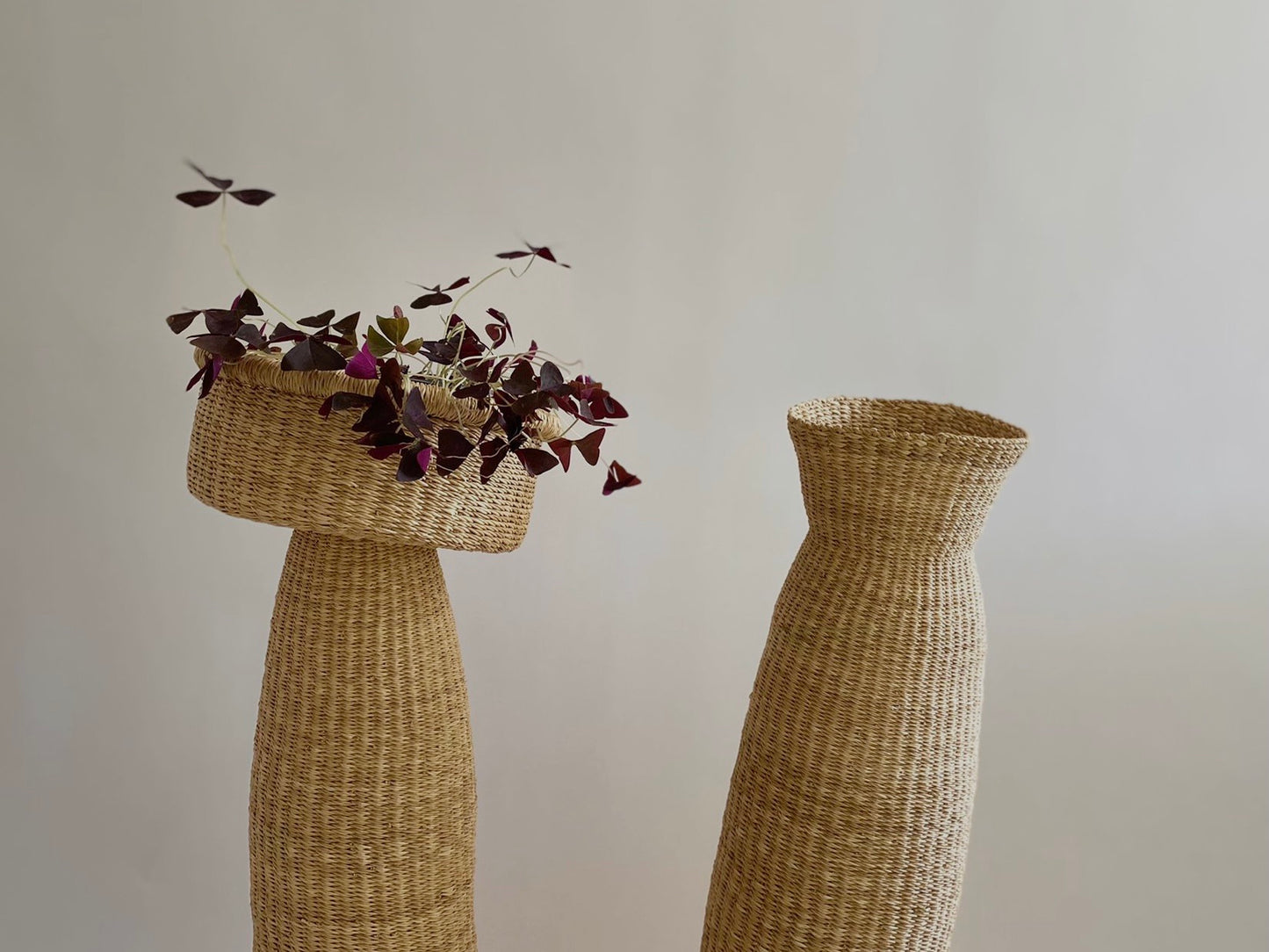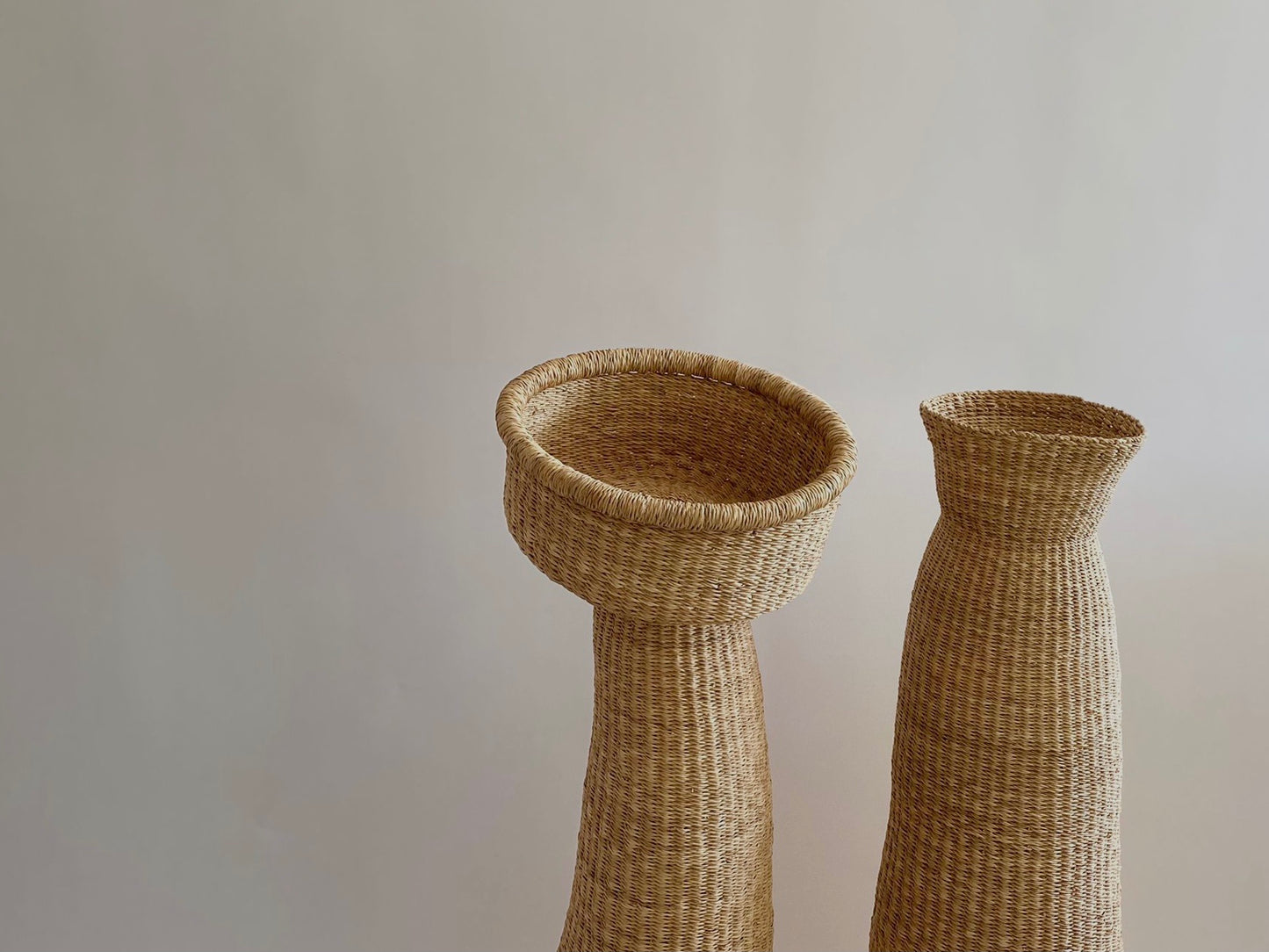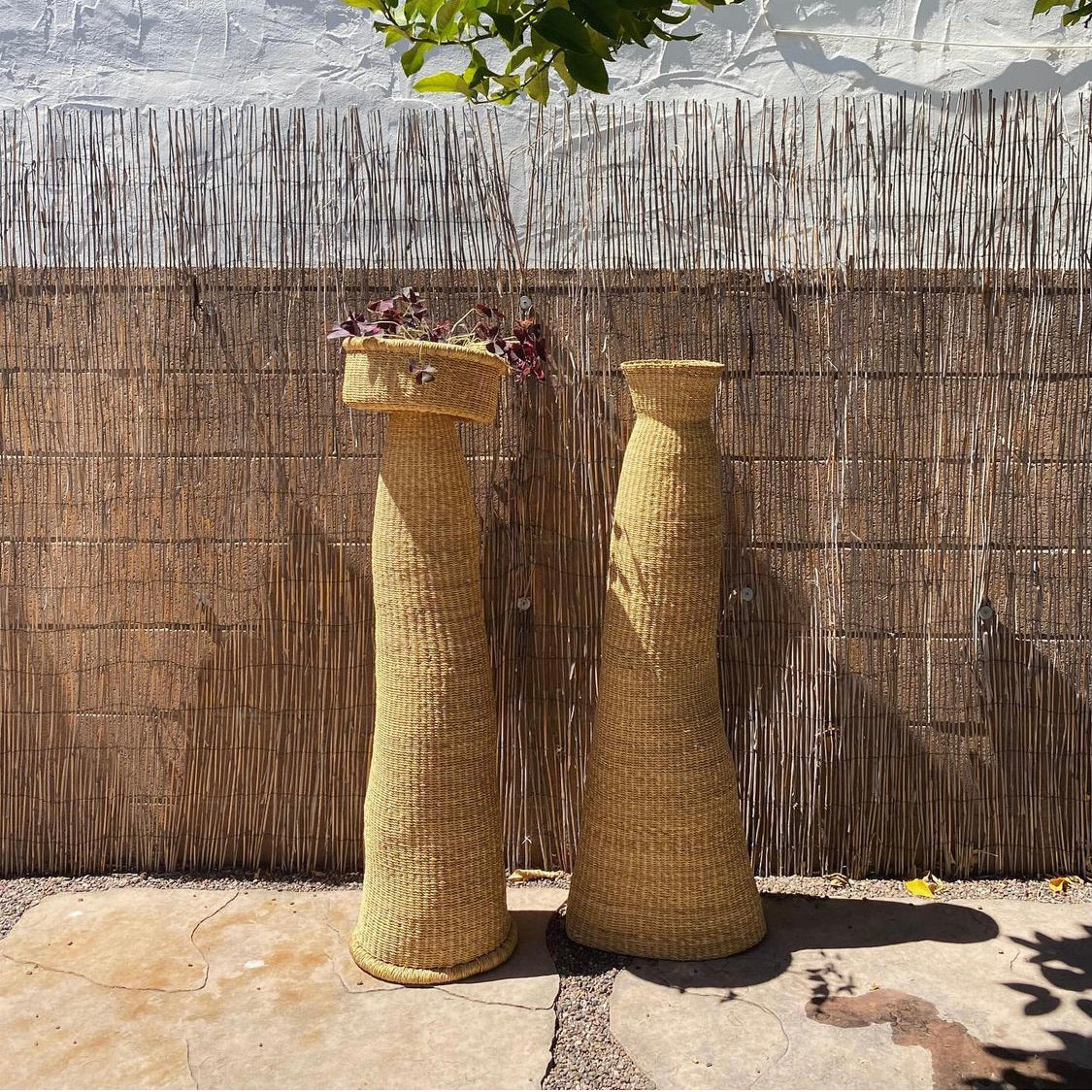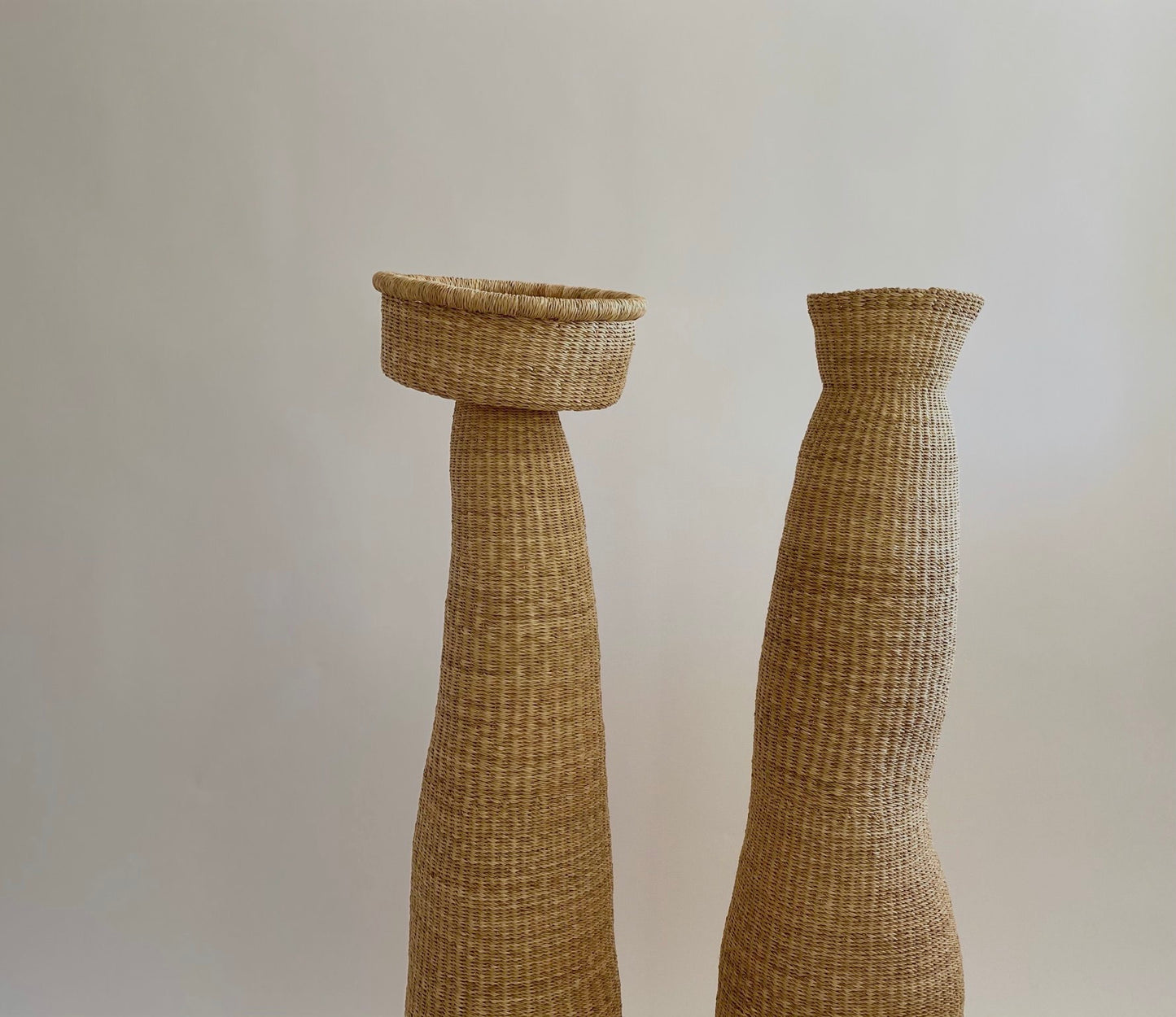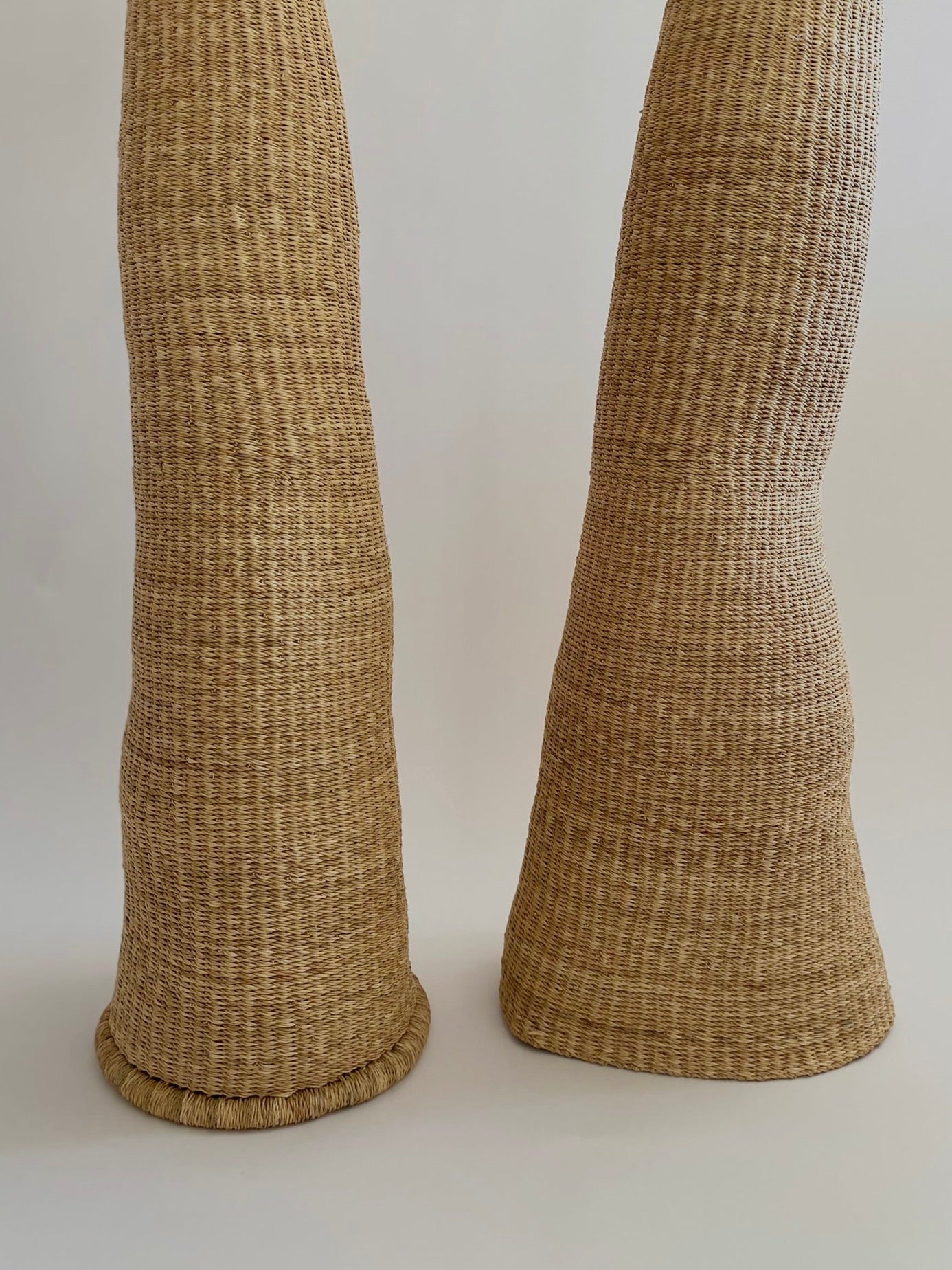What does traditional craft have to do with the environment?
According to The Ellen MacArthur Foundation, waste and pollution do not exist by accident, they are "the result of design decisions... The destruction of wildlife to extract resources only happens because of the way we make and use products and materials." In their introduction to circular design they propose that throughout the design process there are opportunities to make the economy work for people, business and nature.
We believe that traditional craft made from natural indigenous materials is a meaningful example of circular design, and that it can have positive impacts on several environmental levels - it contributes to healthier living spaces for ourselves, its production is safer for the people working with those materials, and its fabrication is less harmful to the natural environment.
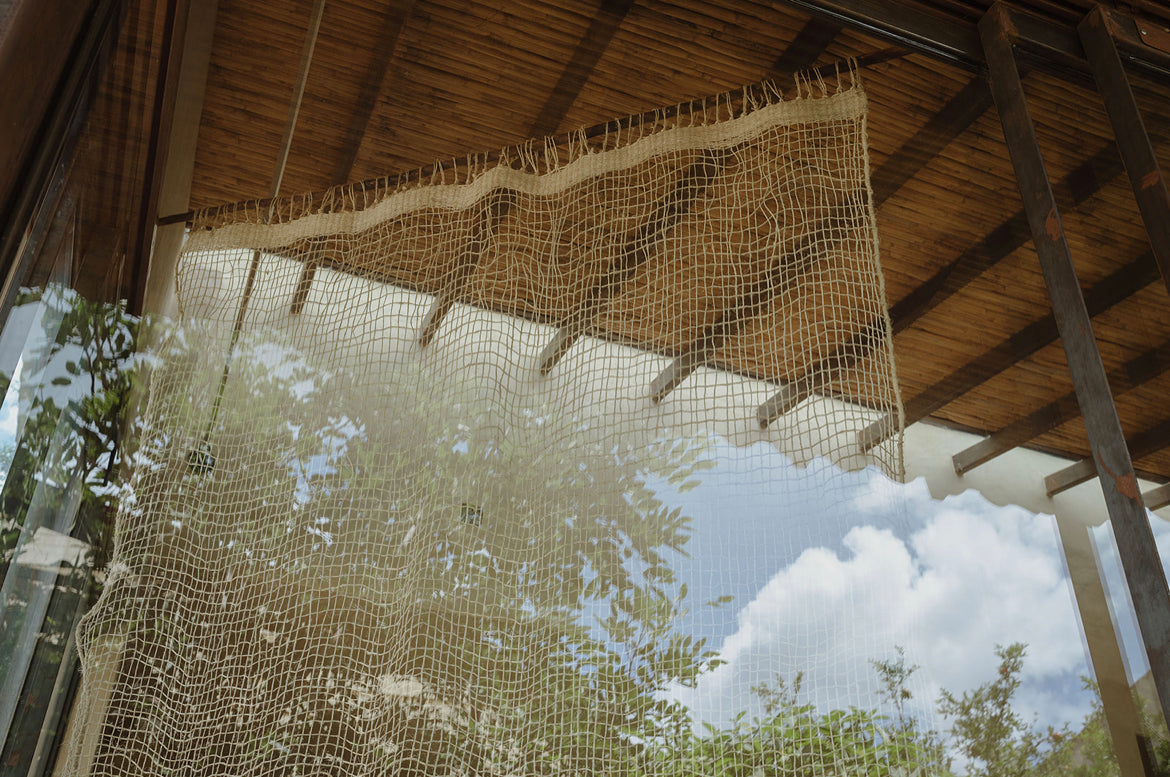
Image by Rosalinda Olivares
Biophilic Design
In recent decades the interior design industry has seen the mainstreaming of green adaptations such as the use of non-toxic low VOC materials and energy efficient lighting and appliances.
It has also seen the embrace of biophilic design: incorporating elements of nature into interior spaces, and promoting a connection to the natural world within indoor environments. According to author Sally Coulthard, “Craft has a role in biophilic design because artisans are often expert at celebrating natural forms, using natural materials efficiently and elegantly, or creating connections between natural objects and people.” (Biophilia: You+Nature+Home, 2020) The incorporation of craft and sustainable materials and resources into interior design can have a hugely positive impact on us as it creates healthier living spaces.
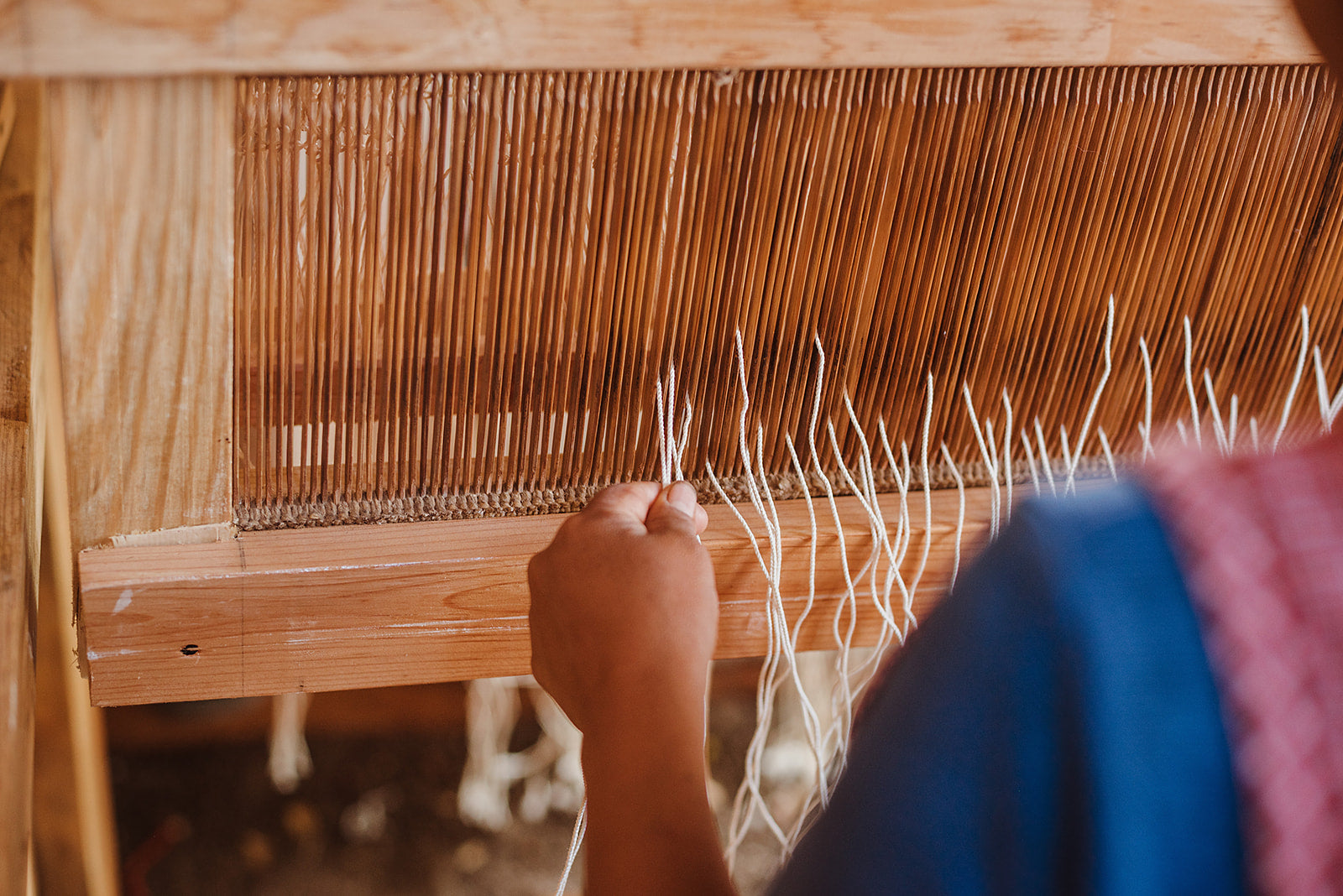
Image by Rosalinda Olivares
Humanitarian Design
The choices we make in interior design have an impact on the people who produce the products that we consume. Unlike mass production facilities that often import materials from afar and are known to compromise the well-being of workers for the sake of efficiency, traditional craft is produced at home, in small local workshops, or in community gathering places. Artisans are not working with toxic dyes or harmful chemicals, but raw natural materials. In these ways traditional craft processes are intrinsically healthier and safer than mass production.
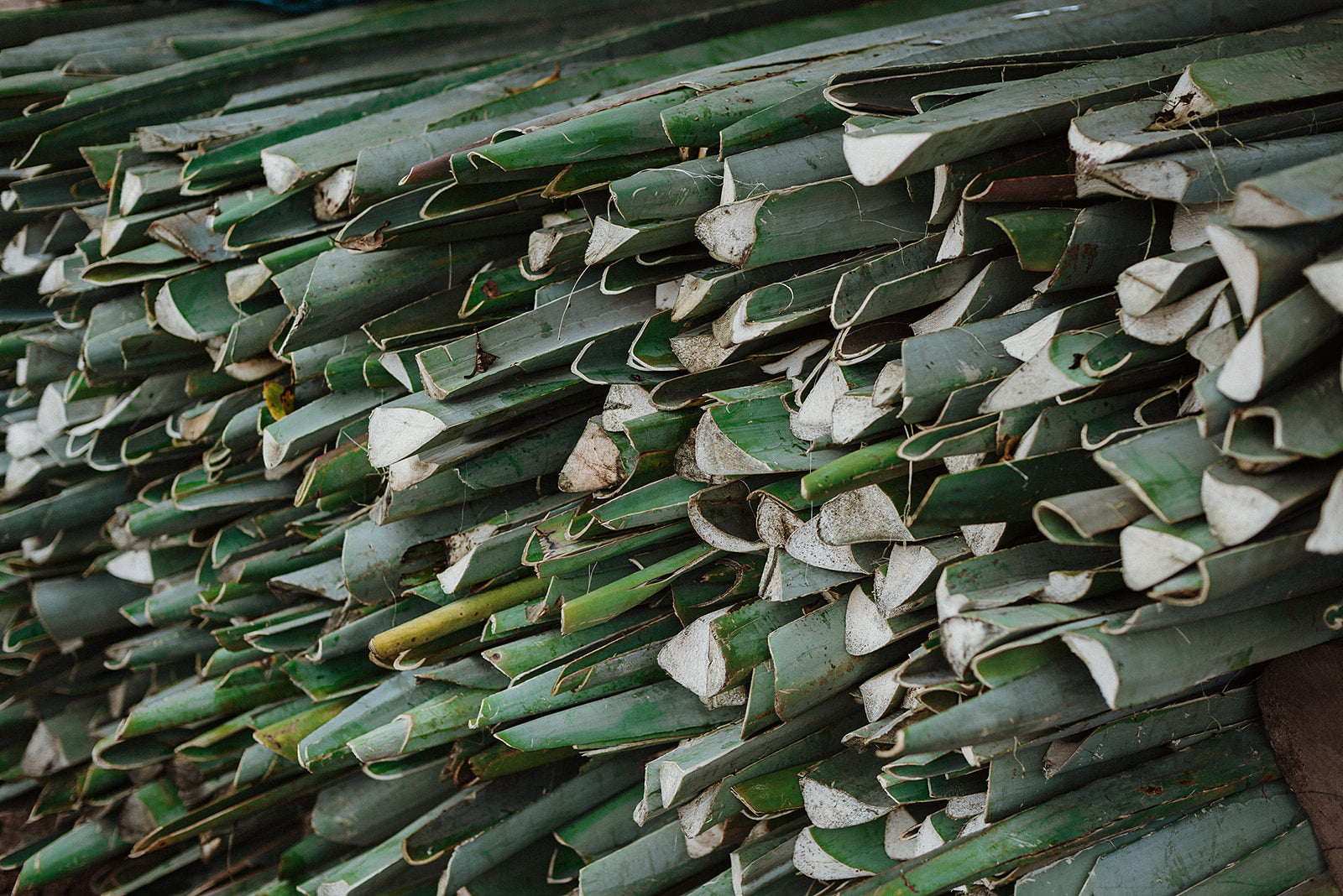
Image by Rosalinda Olivares
Locally Available Natural Materials
Craft is also easier on our natural environment, because it is intertwined with the conservation of natural resources. Traditional hand crafts have historically been produced with plant material gathered close to home - native plants provide wood, fibres and natural dyes, and are central to indigenous crafts. Consider a handwoven basket: the artisan's skill and knowledge goes beyond the finished product; it involves an intimate understanding of traditional weaving materials in the local natural environment. Plants such as grasses or reeds are carefully selected based on the season for their color, texture, flexibility and strength. This requires an intimate connection to and knowledge of the land, and an artisan's livelihood depends on it.
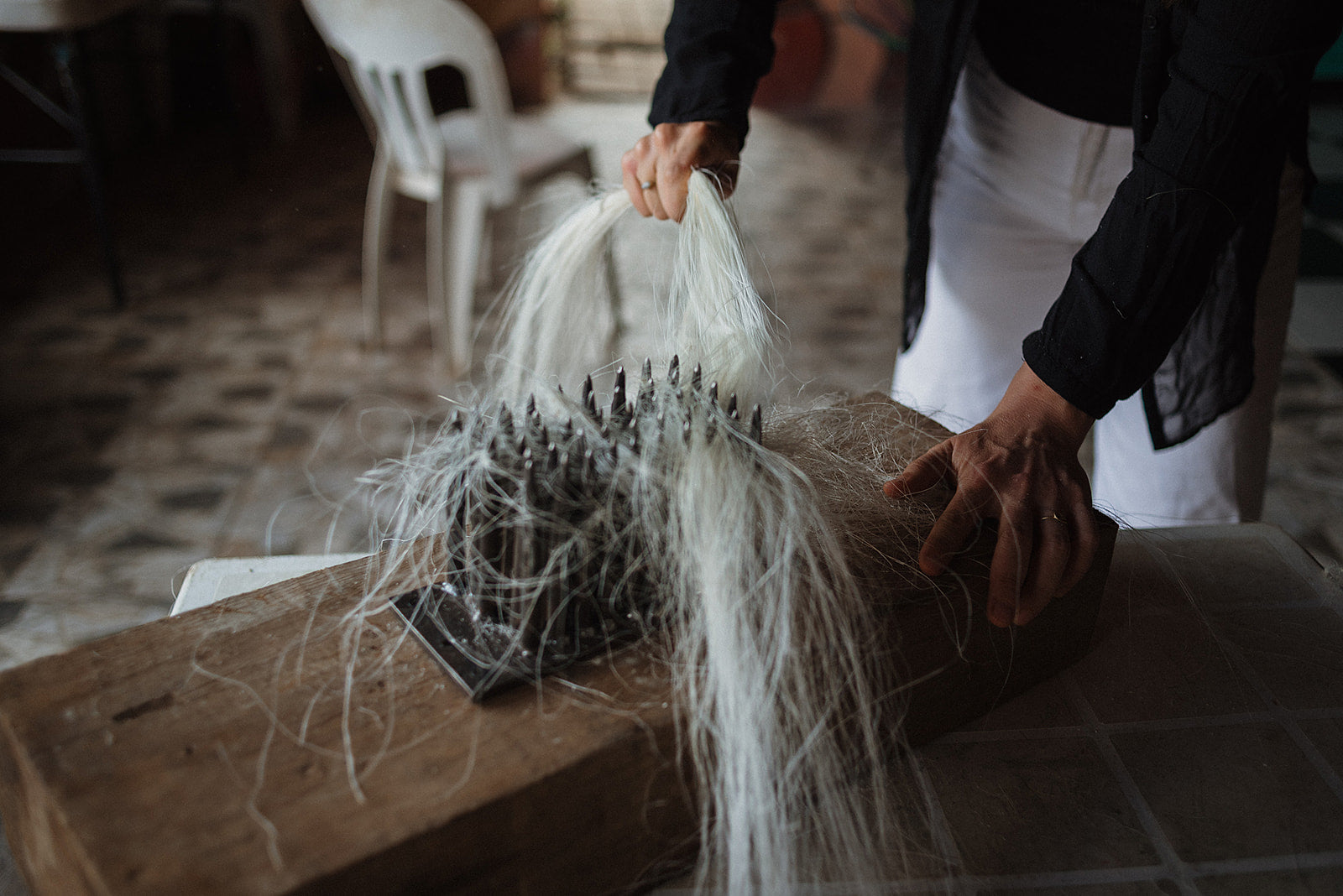
Image by Rosalinda Olivares
In Practice
Each design choice, from sustainable design materials to methods, affects not only the aesthetic appeal of a space but also the world around us. Traditional craft offers an opportunity to embrace a humanitarian environmental sustainability, where the health and beauty of our surroundings is enhanced, the wellbeing of artisan communities is respected, and the natural environment is preserved for generations to come.
Here is an example of the application of the principles of environmental sustainablility and humanitarian design that we are especially proud of:
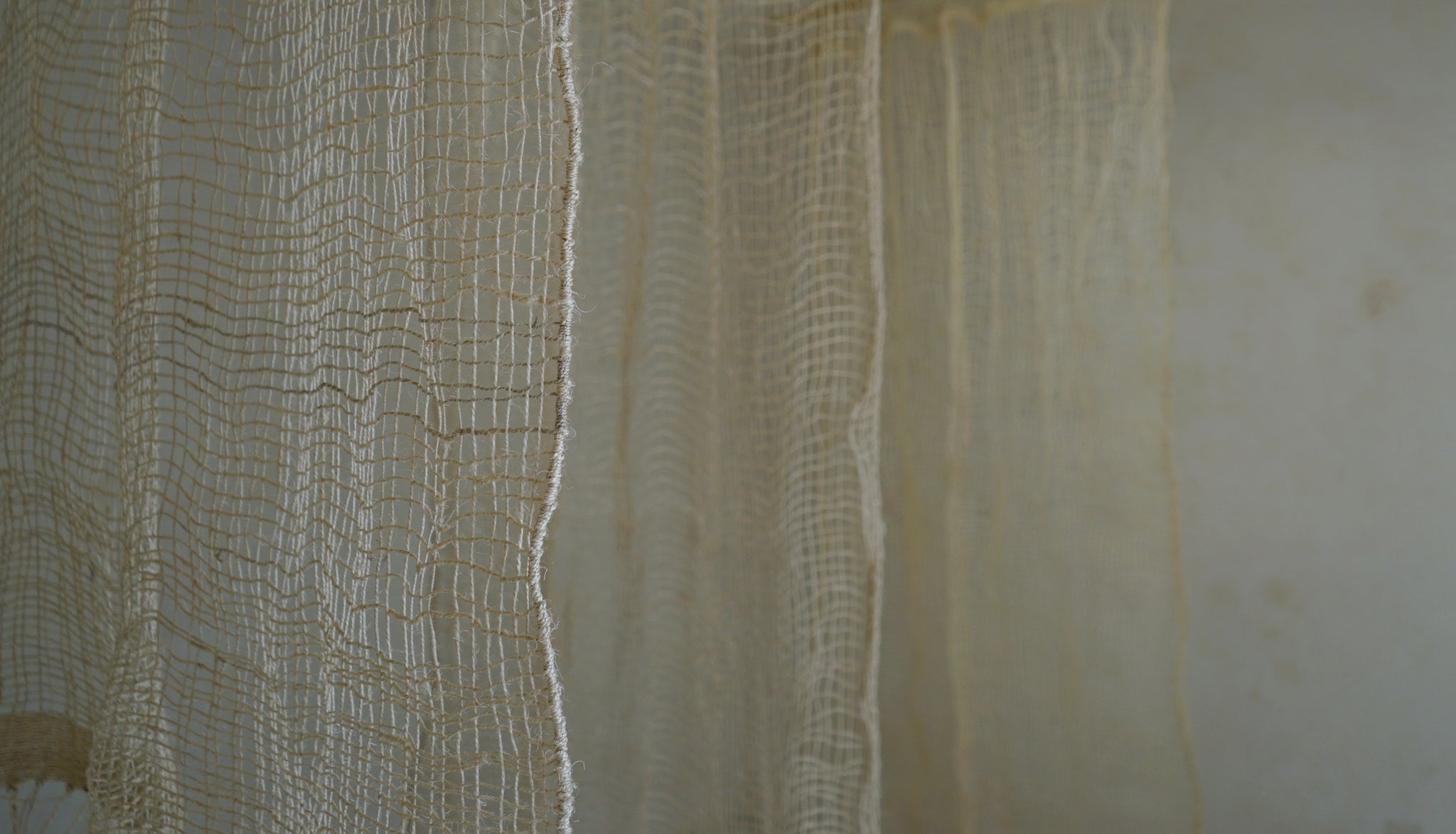
These textile panels are woven by our craft partner Susana Vicente Galan, a legacy textile artisan in Oaxaca, Mexico. Susi weaves on a treadle loom in her home-based workshop. For our maguey collection she uses fibres from the maguey (or agave) plant, which is native to southern Mexico and carries deep cultural significance there.
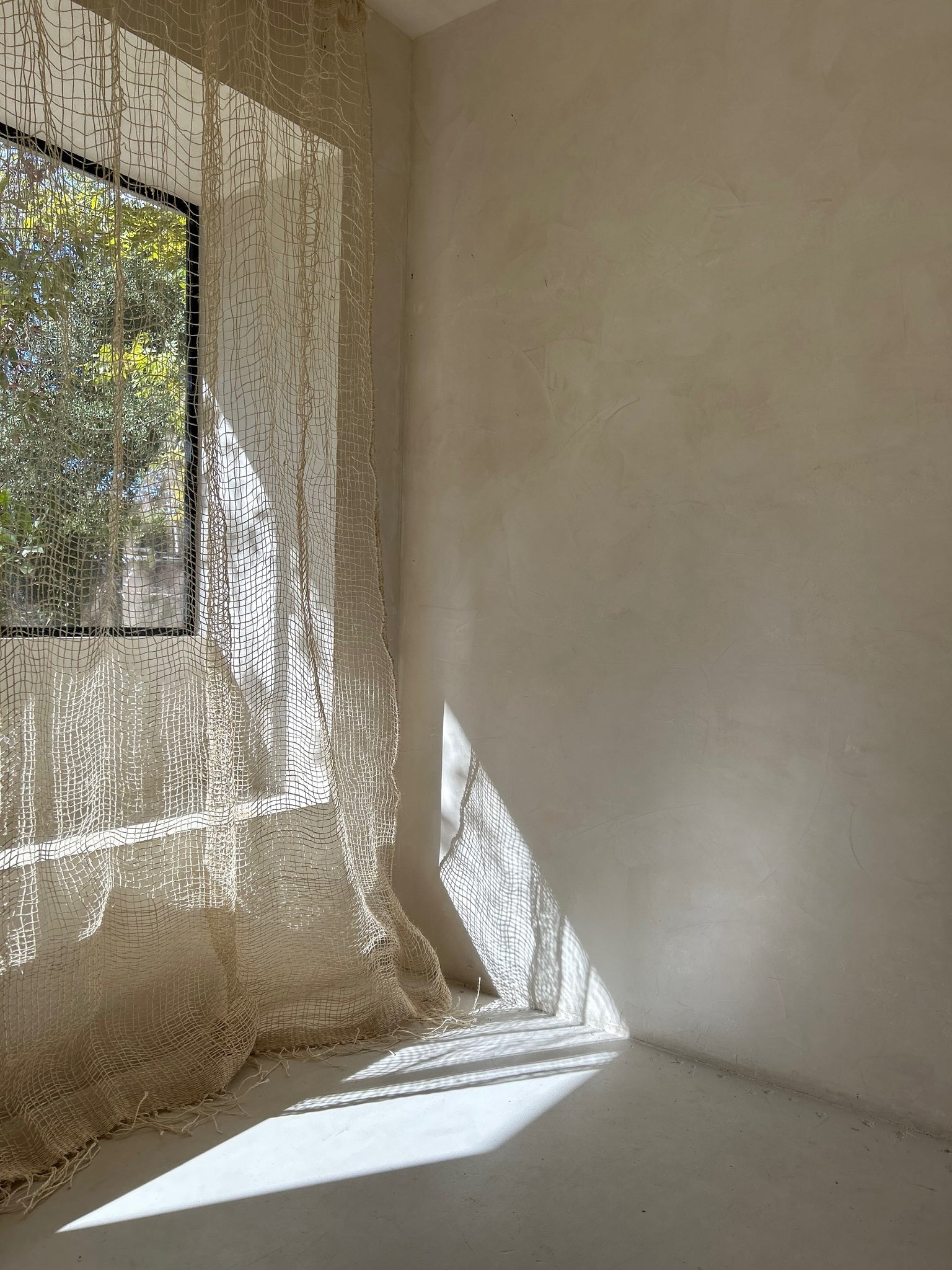
The natural weaving materials are extracted from the leaves of the plant through a labor intensive process. The leaves are crushed and scraped to remove the fleshy pulp and expose the long, fibrous strands within. Once the pulp is removed, the fibres are washed and brushed to clean and refine them. The extracted maguey fibres are then sun-dried to enhance their strength and durability. No dyes or chemicals are employed, just pressure, a small amount of water, and a comb.
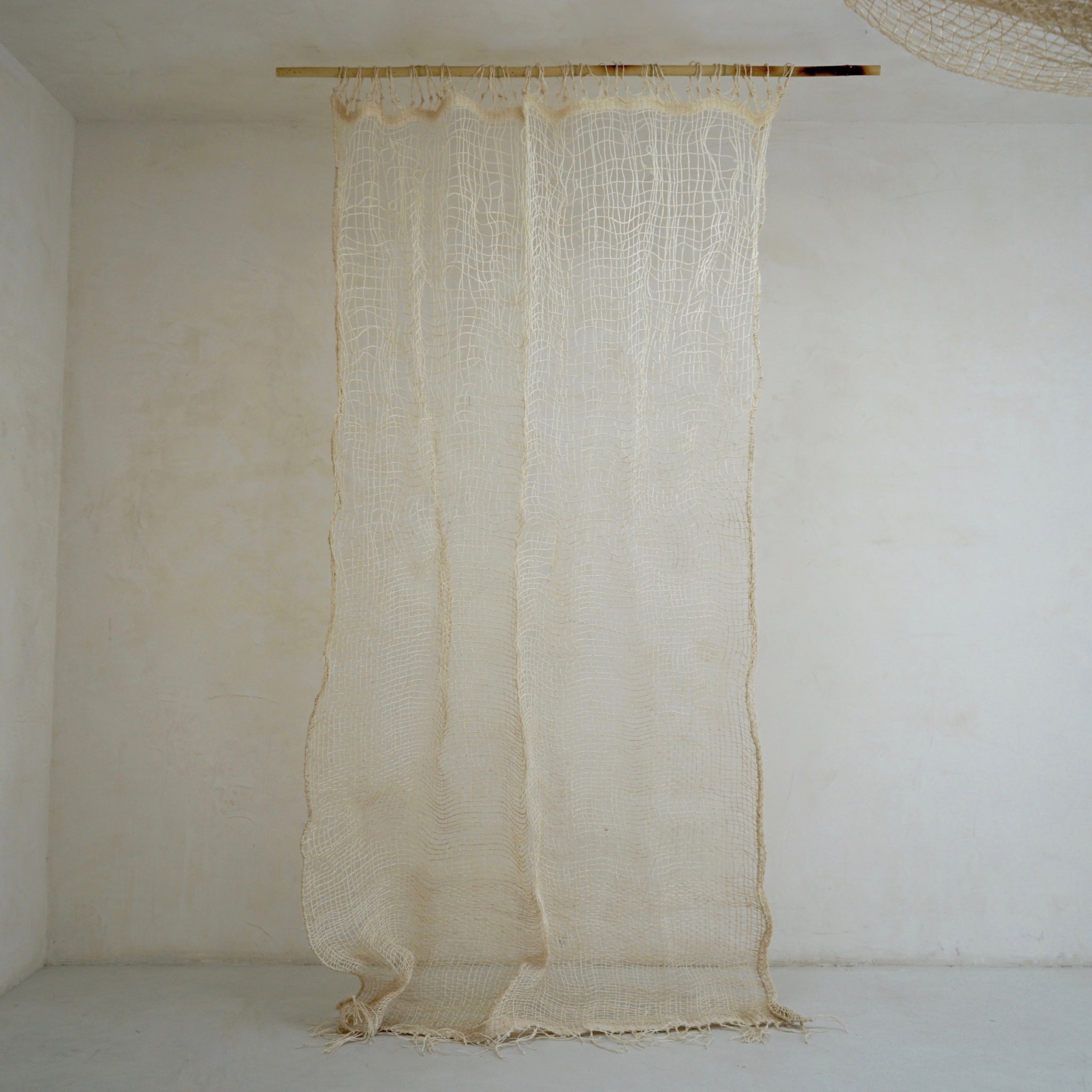
The leaves themselves are a byproduct of the local mezcal industry, where the heart of the maguey plant is used to produce mezcal and the leaves are generally discarded. Our friends at Hermano Maguey, a community development project in southern Mexico, have worked to find alternate uses for this so-called waste product.
Our collaboration on this maguey textile collection is an exciting example of circular design that serves people, business and the natural environment.
SEE OUR MAGUEY COLLECTION
